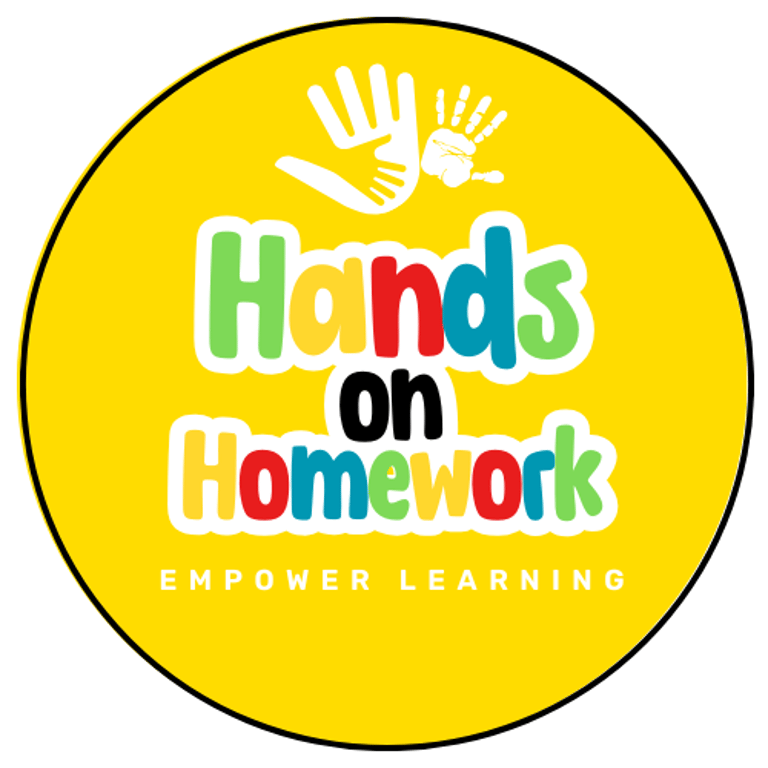Skywriting
A powerful method of practicing writing
WRITING
12/8/20243 min read


What Is Skywriting?
Skywriting is a simple but powerful tool for practicing letter shapes. This method uses large motor skills to engage the learner’s body. Doing so reinforces letter formation in a kinesthetic, visual, and tactile way. It can be especially helpful for younger children, special needs learners, or anyone learning to master the fine motor skills needed for traditional handwriting.
Practicing skywriting regularly will help build a strong foundation for writing skills - it's fun and interactive for kids of all ages!
How Skywriting Works:
Arm Position:
The child stands or sits comfortably with enough space to move their arm freely.
To start, they extend their arm out in front of them, as if holding an invisible pencil or marker.
Tracing Letter Shapes:
The learner then imagines they are drawing a letter in the air. They "trace" the letter shape with their finger or hand, moving in the same way they would if writing on paper.
For example, to write the letter "A", the learner would start at the top, move diagonally to the left, then diagonally to the right, and draw the horizontal line in the middle. It is helpful to narrate what motions the child is making.
After practicing one letter, the learner can move on to the next. For example, practicing "B" involves making two large curves that connect with a straight vertical line. By practicing each letter this way, the learner becomes familiar with the motion for each letter of the alphabet.
Large, Fluid Movements:
Skywriting emphasizes large, fluid motions. The learner traces the letter slowly and deliberately, ensuring that the motion mimics the actual writing movement.
The idea is to "draw" the letter with their body, using large arm motions that reinforce muscle memory, helping them remember the shape of each letter.
Incorporating this Method into Other Activities:
Skywriting can be combined with other exercises. For instance, after tracing a letter in the air, the learner can try writing it on paper, solidifying the connection between the motor skills developed in the air and those used on a page.
Why use Skywriting?
Large Motor Skills Development:
Skywriting focuses on the use of large arm and hand movements, which strengthens the muscle memory needed for more precise writing motions. This is especially beneficial for young children who are just learning to form letters.
Visualization:
Writing in the air helps learners visualize the correct shape and form of letters without the distraction of a pencil or pen. The focus is entirely on the shape of the letter, helping reinforce correct letter formation and solidifying it in their mind.
Improving Spatial Awareness:
Because skywriting involves tracing the letters in three-dimensional space, it helps children understand the spatial relationship between different parts of the letter. For example, they can feel how the letter "M" has two peaks, or how the "S" curves smoothly from top to bottom.
Engaging Multiple Senses:
Skywriting incorporates both physical movement (kinesthetic learning) and visual learning, making it a multisensory activity. This is one of the best ways to reinforce what has been learned.
Boosting Focus and Attention:
This activity can also improve concentration and attention span, as it requires learners to focus on the motion and shape of each letter in a structured and repetitive manner.
Great for Pre-Writing Skills:
Skywriting is particularly useful for children in the early stages of writing, as it doesn’t require fine motor control, which can be difficult for young children. It’s a precursor to actual pen-and-paper writing, helping children build the foundational skills they need before they move on to smaller, more intricate movements.
Variations and Tips:
Add Sound or Rhythm: To make skywriting even more engaging, you can add a rhythm or chant as you trace the letters. For example, say “A, A, A” while tracing the letter "A" in the air.
Use Both Hands: Encourage learners to use both hands when skywriting. Tracing letters with both hands helps develop hand-eye coordination and strengthens bilateral motor skills.
Get Creative: Skywriting can be fun and interactive. It can be turned into a fun game by making it imaginative, like telling the child that they are using an imaginary paintbrush and painting with invisible paint.
Have your child come up with some ideas and use their own creativity as well!
